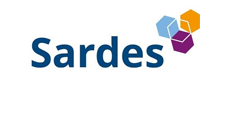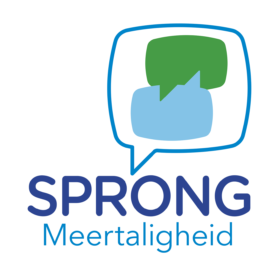School language policies: Unspoken rules or guiding principles?
A school language policy is a set of rules and guidelines directed at school staff and students on how to use different languages at school. In countries receiving refugees, for example, a language policy may be created to leverage students’ home languages for learning. Alternatively, a language policy may seek to enforce the use of the dominant language of the country in the classroom. Language policies can thus vary according to societal norms, values and ideologies. In this blog post, we reflect on interviews with teachers and students on their schools’ language policies, held by three Master’s students from our research groups in Sweden (ElenaTalic; Simone Gauffin) and the Netherlands (Cudi Gölpinar).

In some schools in Sweden and the Netherlands, language policies are not explicit, or teachers are not aware of them, as expressed by some of them:
“No one has heard of [a language policy]”; “I can’t say any such formal documents, not that I know of anyway (…) it’s not something that is known by everyone.”
In the absence of a clear language policy, teachers have varying views as to what the policy might be. This can impact students in different ways. In some Dutch schools, teachers assume: “at school we speak Dutch, and we read in Dutch“, whereas in some Swedish schools, teachers assumed the home languages should be welcome:
“Well, it has never been a question, but you use it, you benefit from speaking different languages.”
In other schools, language policies are formally present in school documents, usually due to a top-down policy that originates in governmental or school decisions. In the Netherlands, one example is the network of ‘language-friendly’ schools (https://languagefriendlyschool.org/): Schools that officially commit to embrace all students’ languages in their education (Gölpinar, 2023). Clear and explicit language policies can bring many different benefits. As an example, Gölpinar talks about benefits in terms of students’ sense of belonging, as expressed by them:
“I just like it because… then if you ask me if I can read it, I say yes, I can read it because it’s in my language. I just like to be able to see something in my own language at school that I can recognize.”
In an interview with Talic and Gauffin, a teacher outlines how a clear language policy can help deal with conflicts between students:
“When there are conflicts, [the student] chooses another language as soon as [they] are about to say something bad. There, you [as a teacher] can say, no, in here we speak Swedish to each other so that everyone understands. It can be a policy: Even if it is allowed to speak another language in schoolwork, you still must distinguish when it is appropriate, that you know the code.”
Ultimately, whether explicitly written or informally understood, language policies shape the everyday experiences of students and teachers. The interviews highlight the importance of clarity, awareness, and inclusion in these policies—especially in multilingual classrooms. As educators, it’s worth asking: Is our school’s language policy clear, inclusive, and responsive to the linguistic realities of our students? If not, it may be time to start the conversation.
See you at our next post!

















